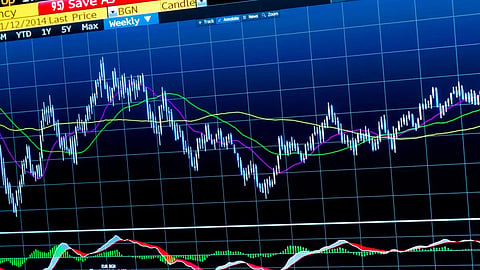The Securities and Exchange Board of India (Sebi) has slightly tweaked the peak margin requirement regulation in order to ease difficulties faced by the community. The new tweaked regulations will come into effect from August 1, 2022.
Sebi Tweaks Peak Margin Requirements: How Does It Impact Stock Market Traders
Are you a stock market trader? Then read below to find out how exactly the new tweak in the Sebi peak margin regulation will impact your trades starting August 1, 2022
This amendment to the regulation essentially removes the peak margin collections requirement for derivative trades based on the four snapshots during the day to ‘beginning of the day’ rates.
“In view of the representations received from market participants, and based on deliberations with various stakeholders, it has been decided that the margin requirements to be considered for the intra-day snapshots, in derivatives segments (including commodity derivatives), shall be calculated based on the fixed beginning of day (BOD) margin parameters,” read the circular by Sebi.
What Was The Earlier Regulation?
The earlier regulation said that stock brokers were required to collect margin at the peak rates as determined by the clearing corporation’s snapshots at four different intervals during the day trading session in both cash and the derivatives segment.

How Difficulties Were Created?
The cash segment has circuit locks, and so, the probability of a major default or loss is lower than the derivatives segment where only a theoretical circuit lock exists. But last year, Sebi made it compulsory for brokers to collect margins at the peak rate in the cash and derivatives segment. This is what caused the difficulties.
Trade Margin requirement is calculated on the possibility of extreme loss, and the clearing corporations, which settle trades, sends four snapshots during the day to identify the margin requirements for clients. The brokers have to check and match their respective client’s funds balance in the trading account, and if they fall short from the required peak margins, then a penalty is charged.
In the derivatives segment, the probability of the trade moving in either side is very high. In mere seconds, volatility can cause high positional loss or profit. If it results in loss beyond the margin requirements, then traders will have to pay an additional penalty.
What Does This Mean For You?
If you are a cash segment stock trader, then this regulation does not change the way you trade. But if you are a derivative trader (including commodities) then this regulation changes the way you trade in a big way.
For example: Let’s suppose you are trading in banknifty weekly options, and based on the beginning of day margin requirements, you need Rs 10,000 to trade in it. So, you deposit Rs 11,000 in your trading account and execute the trade. But due to market fluctuations and volatility, the margin requirement reached Rs 12,000, but you only had Rs 11,000 cash in your trading account. So, depending upon the time of snapshot (by the clearing corporation) of your position, you will be charged a short margin penalty.
But starting August 1, 2022, this penalty would not be charged, as now the beginning of the day margin requirement will be applicable throughout the day trading session. This can help you calculate your position better by deploying just enough capital to execute the trade and better manage your resources.